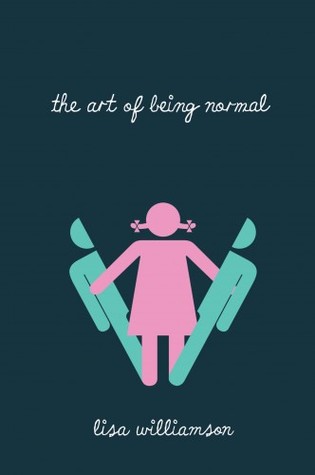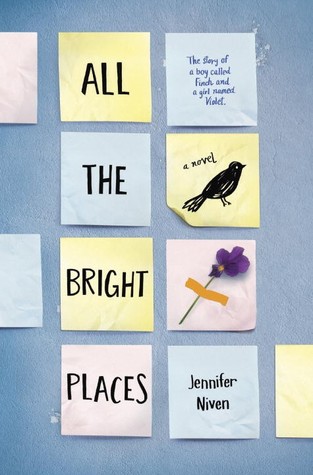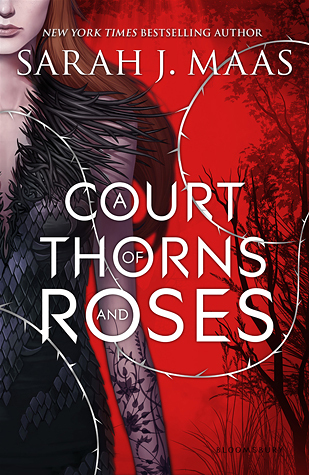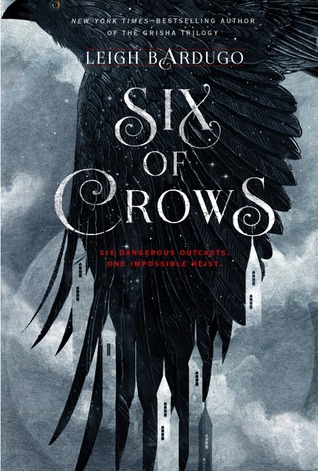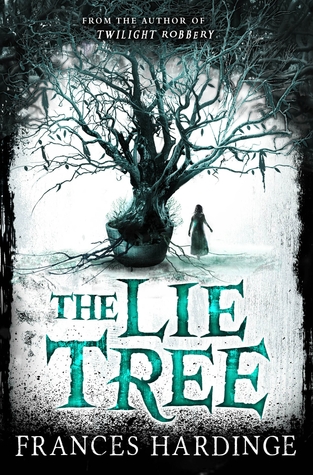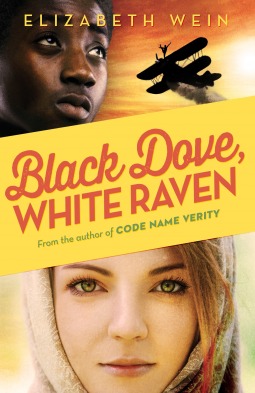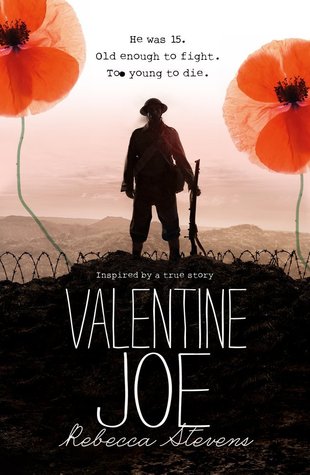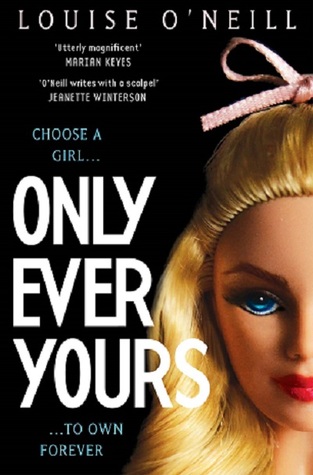Like most avid readers, I am a sucker for recommendations from people who read a lot and really love books.
While reading tastes are highly individual, there is always some consensus: certain books just have a can't-put-them-down quality about them. Perhaps even more importantly, some books stick with you -- usually because they touch your emotions. This year I read well over 100 Young Adult books -- a lot, but certainly nothing like a comprehensive sample. There were definitely some notable trends, particularly in realistic fiction. Mental health and sexuality/sexual identity were important issues in many high-profile books -- including the top four books on this list (three of them UKYA).
As the year ends, in a rush of activity and socializing, I am already longing for quiet January days. The truth is, I am always looking for my next best read . . .
Am I Normal Yet?, by Holly Bourne
Evie desperately wants a fresh start. After being hospitalized for a mental breakdown, caused by out-of-control OCD, Evie has got back on track. Enrolled in Sixth Form College, she has new friends and even more than one potential love interest. But being let down by one guy after another is starting to derail Evie’s recovery. Even when her friends rally to her cause, Evie feels that her facade of ‘normal’ is showing some serious cracks. Funny, frank and proudly feminist: this book is a fresh, authentic voice. (UKYA. Contains some references to sexuality and drugs/alcohol.)
The Art of Being Normal, by Lisa Williamson
David’s parents assume he is gay, but the truth is more
complicated. Although he has supportive
friends, he still feels completely isolated by his painful reality: his body doesn’t match his sense of
himself. Leo Denton is new to David’s
school, but he brings a tough reputation with him. When Leo defends David against the usual
bullies, the two become allies – and then friends. This brave, emotionally involving book
explores transgender issues through believably complex characters.
(UKYA)
All the Bright Places, by Jennifer Niven
When Fitch and Violet meet on the ledge of the bell tower,
it is debatable as to who is saving whom.
Violet hasn’t recovered from her sister’s death, while Fitch – the class
“freak” – struggles with highs and lows that he cannot control. Tentative friendship turns into romance, but
can there be a happy ending for this unlikely pair? Moving and memorable: this relationship novel will really engage your emotions. (Contains some strong language, sexual scenes and emotionally disturbing material.)
The Last Leaves Falling, Sarah Benwell
For most 17 year-olds, death is an abstract concept; for Abe
Sora, it is a grim reality. After being
diagnosed with ALS, Abe is trapped in his failing body and isolated in his
bedroom. Longing for anonymity, he
searches for connections in online chat rooms.
Unexpectedly, he makes real friends there – and not just virtual
ones. With the help of his friends, Abe
figures out how to meet death on his own terms.
Thoughtful and funny, this book takes a morbid subject and turns it into
a truly life-enhancing story. (UKYA)
A Court of Thorns and Roses, by Sarah J. Maas
Deep in the winter woods, 19 year-old Feyre kills a wolf and
unknowingly triggers a dark curse. Taken
hostage by the fearsome Tamlin, Feyre is trapped in a luxurious but confining
world. Despite their bad beginning,
Feyre’s sympathy for her captor grows – until she is willing to risk her own
life to save him. The compelling and
romantic fantasy sets the Beauty and the Beast motif in a complex faerie
realm. This is grown-up YA for fantasy
lovers. (Contains violence and sexuality.)
Six of Crows, by Leigh Bardugo
In the mean
streets of Ketterdam, six unlikely allies will be recruited to break into the
unbreakable fortress of the Ice Court.
Their mission: to liberate a
scientist/inventor who holds the secret to manipulating Grisha magic. Their price:
enough money to escape from their dangerous, dead-end lives. This fast-paced heist story is the first in a
new series by Bardugo . . . intricately plotted, with richly shaded characters.
Crow Moon, by Anna McKerrow
As the world runs out of fossil fuel, environmentally minded
people have established a “Greenworld” in Devon and Cornwall and returned to
the old ways of living. Powerful
witches, like Danny’s mother, work to keep out the unscrupulous gangs who would
exploit the earth’s natural energy.
Danny is more interested in girls than magic, but he is drawn into the
battle between the Greenworld and the gangs.
Although Danny doesn’t understand his own magic, forces on both sides
need it – and will stop at nothing to get it.
This book excels at both plot and characterisation, and gives a topical
post-apocalyptic spin on a more traditional fantasy landscape. (UKYA)
Red Queen, by Victoria Aveyard
In the Kingdom of Norta, the Silvers are born to rule while
the Reds are born to serve. Any Red who
cannot find a job will become cannon fodder in the long-running war. Mare is a lowly Red, a former pick-pocket
turned serving girl; but when it is discovered that she possesses an unusual
power, the Royal Court decides to make different use of her. Mare is transformed into a long-lost Silver
noble and engaged to Maven, the younger prince.
It is a dangerous game of subterfuge, made even riskier when a Red
terrorist operative enlists Mare’s help.
Twisty and unexpected, this
best-selling fantasy novel will fill The
Hunger Games gap.
The Lie Tree, by Frances Hardinge
In this historical fantasy, a young girl refuses to conform
to the Victorian belief system that females should be ‘good’ but not
clever. Faith’s father is a renowned
natural scientist whose reputation has been tainted by scandal. When he dies under mysterious circumstances,
on the remote island of Vane, Faith is determined to prove that his death was
not a suicide – but rather a murder.
Applying logic, observation and misdirection, Faith is determined to
salvage her father’s reputation. This
beautifully written book is a suspenseful murder mystery, but also a thoughtful
analysis of women’s roles in Victorian England.
Black Dove, White Raven, by Elizabeth Wein
Best friends Delia (Black Dove) and Rhoda (White Raven) are
stunt flyers during the 1920s, but the ongoing racism in the southern United
States inspires a dream: to emigrate to
Ethiopia, the one African country which has never been colonized. After a freak accident kills Delia, Rhoda is
determined to keep her partner’s dream of equality and freedom alive. Despite the difficulties, Rhoda transplants
Delia’s son Teo and her own daughter Emilia to a coffee collective in Ethiopia. But as Teo and Emilia come of age,
Mussolini’s Italian army invades Ethiopia and their family is drawn into the
tragic conflict. This fascinating story
highlights a cultural and historical setting that rarely gets attention in YA
literature.
Still on my TBR pile:
Other YA books which have been getting lots of positive buzz
include Asking for It, by Louise O’Neill;
The Rest of Us Just Live Here, by Patrick Ness; Finding Audrey, by Sophie Kinsella; An Ember in the Ashes, by Sabaa Tahir; Simon vs. The Homo Sapiens Agenda, by Becky Albertalli; Winter, by Marissa Meyer; One, by Sarah Crossan; and the list just
goes on!
Happy reading in 2016. . .
For other reading recommendations and themed book lists, visit TRAC's website.


